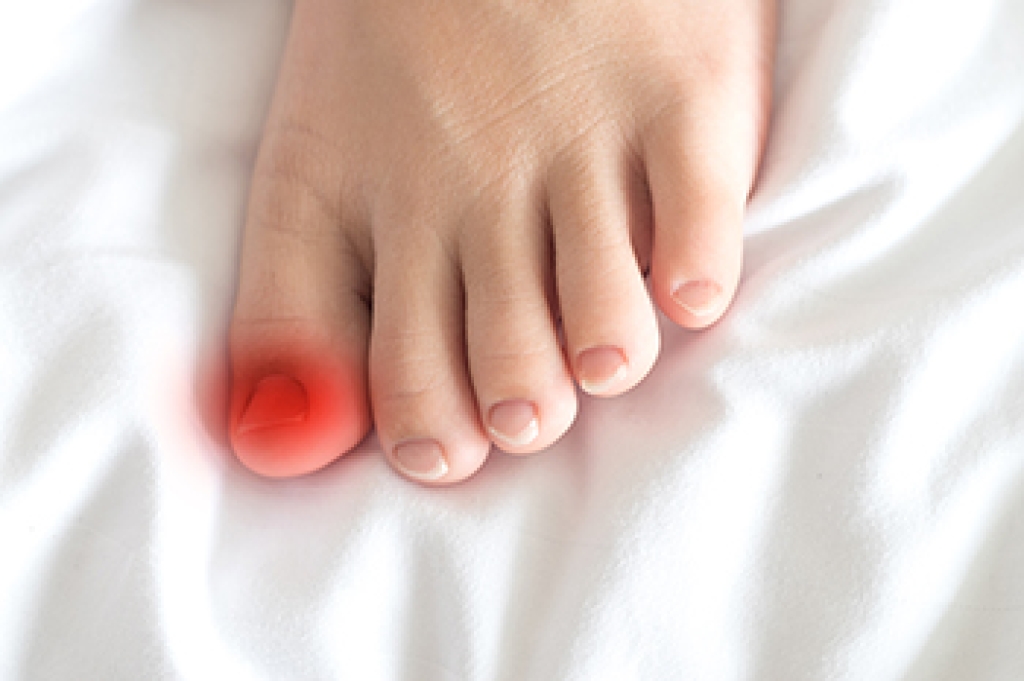
Gymnastics places intense demands on the feet and ankles, often leading to injuries from repetitive landings, twisting motions, or sudden impact. Common injuries include sprains from overstretched ligaments, fractures caused by high force landings, and tendonitis from overuse. Stress fractures can also develop when training is intense without adequate recovery time. These injuries may limit performance and cause long-term problems, if not treated properly. A podiatrist can diagnose the specific type of injury, recommend customized treatment, and guide rehabilitation exercises to restore strength and stability. This type of doctor also provides guidance on proper footwear and preventative care. If you are experiencing foot or ankle pain from gymnastics, it is suggested that you contact a podiatrist who can treat these types of injuries, and further guide you on injury prevention.
Sports related foot and ankle injuries require proper treatment before players can go back to their regular routines. For more information, contact one of our podiatrists of New Tampa Foot & Ankle. Our doctors can provide the care you need to keep you pain-free and on your feet.
Sports Related Foot and Ankle Injuries
Foot and ankle injuries are a common occurrence when it comes to athletes of any sport. While many athletes dismiss the initial aches and pains, the truth is that ignoring potential foot and ankle injuries can lead to serious problems. As athletes continue to place pressure and strain the area further, a mild injury can turn into something as serious as a rupture and may lead to a permanent disability. There are many factors that contribute to sports related foot and ankle injuries, which include failure to warm up properly, not providing support or wearing bad footwear. Common injuries and conditions athletes face, including:
- Plantar Fasciitis
- Achilles Tendinitis
- Achilles Tendon Rupture
- Ankle Sprains
Sports related injuries are commonly treated using the RICE method. This includes rest, applying ice to the injured area, compression and elevating the ankle. More serious sprains and injuries may require surgery, which could include arthroscopic and reconstructive surgery. Rehabilitation and therapy may also be required in order to get any recovering athlete to become fully functional again. Any unusual aches and pains an athlete sustains must be evaluated by a licensed, reputable medical professional.
If you have any questions please contact our office located in Wesley Chapel, FL . We offer the newest diagnostic and treatment technologies for all your foot and ankle needs.




